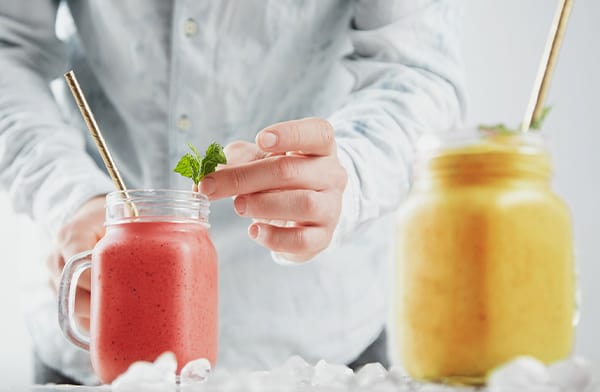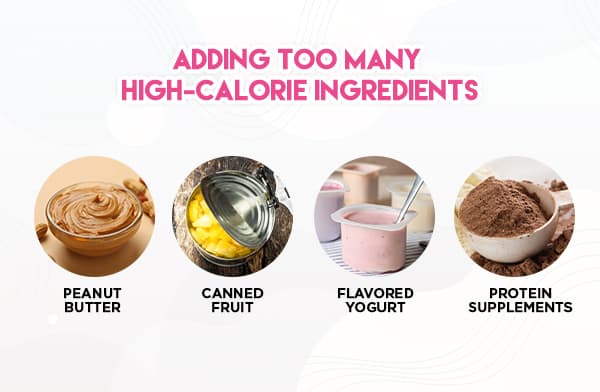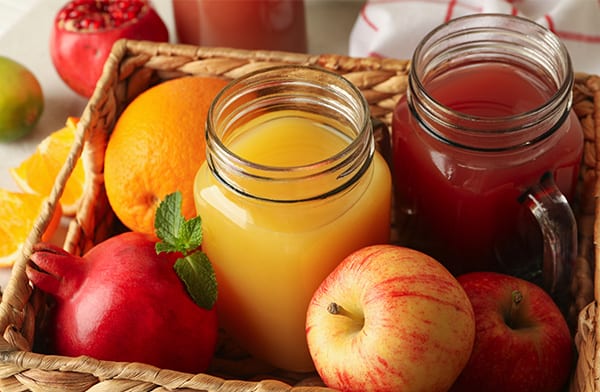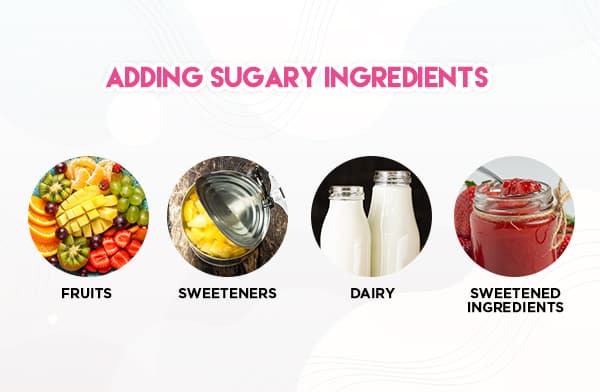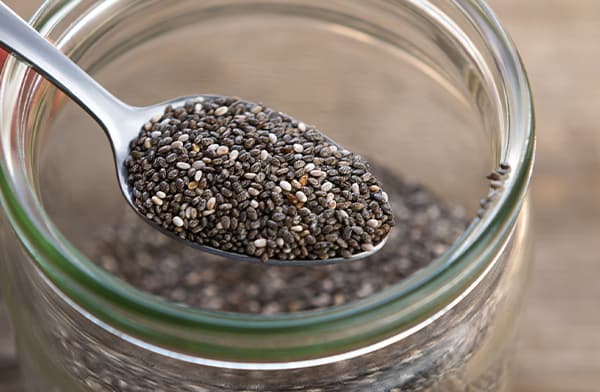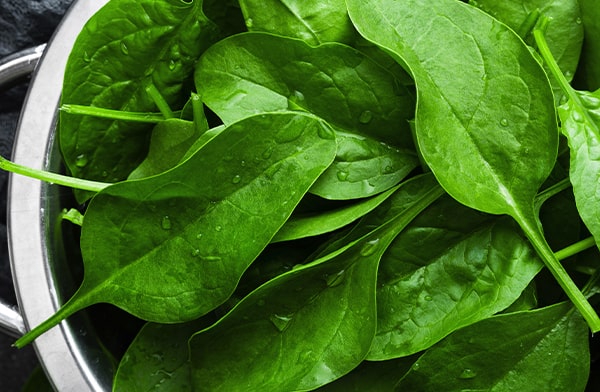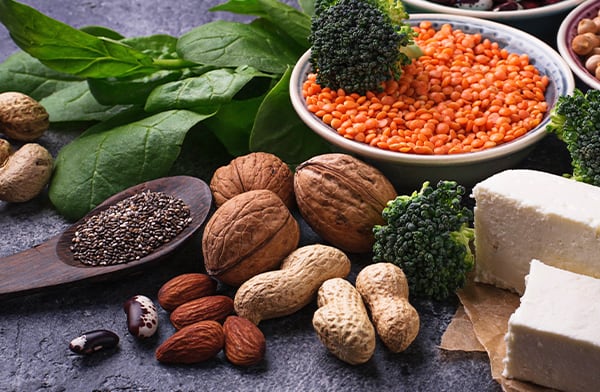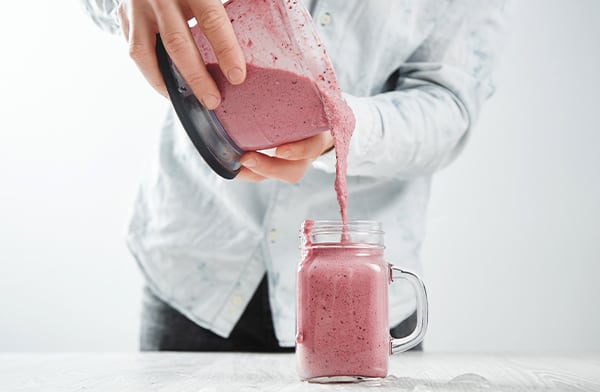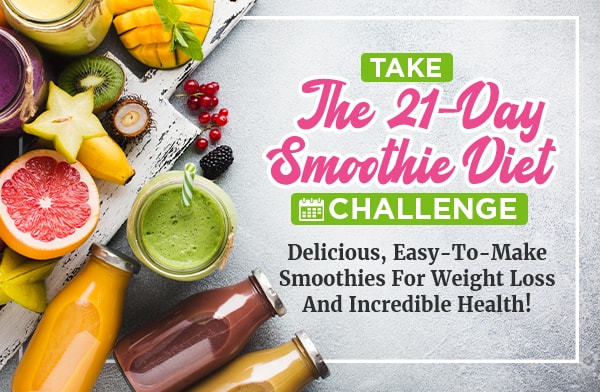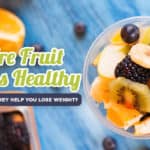Shakes vs Smoothies: How to Avoid Making Unhealthy Smoothies
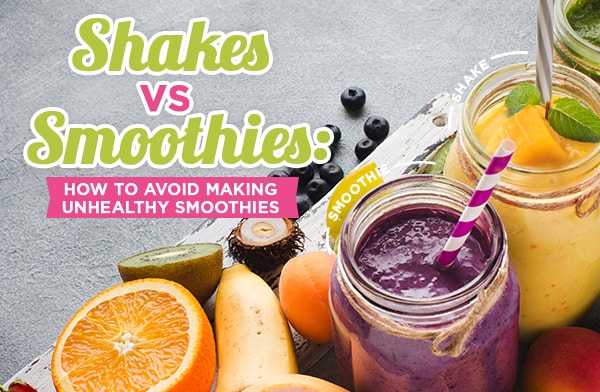
I’ve written a lot over the course of my career about how to create the perfect, healthy smoothie. I’ve talked about how to save money, how to make it consistent, how to adjust recipes to your liking, and more.
Throughout those posts, I’ve talked a bit here and there about mistakes people make and the reasons why their smoothies fail. What I haven’t done, though, is gone all-in on a guide on how NOT to make a smoothie. If you want to use smoothies to lose weight and stay healthy, there are a lot of pitfalls to avoid. So, today, I thought I would talk about those pitfalls in greater detail.
Shakes vs Smoothies
First of all, let’s talk about the difference between shakes and smoothies. I recommend smoothies for weight loss (that’s why I created the Smoothie Diet in the first place, after all), but that doesn’t necessarily make shakes worse. There are plenty of weight loss shakes on the market, from the Atkins and Slim-Fast offerings to newcomers like Soylent.
Are shakes bad for you? No. Shakes are no more bad for you than smoothies are good for you. That is to say; it’s not about the classification; it’s about what you put in the beverage. A smoothie is going to be terrible for you if you load it up with sugar and carbs, and a shake can be great for you if it’s just some protein, healthy vitamins, and flavorings.
The primary difference between smoothies and shakes, in most cases, is dairy. Traditionally, it’s a shake (or milkshake) if you include milk or, more often, ice cream. Obviously, ice cream is going to be terrible for you, but milk alone isn’t that bad. Healthy shakes use milk as a base all the time.
Smoothies tend to have a different flavor profile as well. Smoothies usually aim for tangier or green flavors and use ingredients like fruits and vegetables. A lot of my recipes use a dairy-alternative base (almond milk or coconut milk, usually), and they’re still smoothies. Shakes, meanwhile, tend to be more like chocolate, or peanut butter, or cinnamon bun. Sweeter, more dessert-focused flavor profiles.
Realistically, there’s a lot of cross-over between the two. You can make a chocolate smoothie, and you can make a berry shake. The terminology isn’t as important as the recipes.
So, let’s talk about what makes a smoothie unhealthy. Avoid these traps to ensure that your smoothies (or shakes) are healthy and can help keep you on track with your health improvement.
Adding Too Many High-Calorie Ingredients
The single biggest mistake I see people make with their smoothies is adding too many ingredients that are high in calories. Even if you’re adding healthy ingredients, like chia seeds, flax seeds, or nut butters, those ingredients add a lot of calories to the mix without adding a lot of volume. It tricks you into thinking that because your smoothie still fits in your cup, you’re still within the bounds of a healthy smoothie.
The worst smoothie ingredients to go overboard on are:
- Peanut Butter. Nut butters can be good in moderation. That said, I generally prefer to recommend cashew or almond butter since peanut butter tends to have more sweeteners and other ingredients in it compared to other nut butter. Remember, two tablespoons of peanut butter is a whopping 188 calories.
- Canned Fruit. I always recommend buying fresh fruit and using or freezing it yourself whenever possible. Canned fruit is a “last resort” smoothie ingredient because it’s usually loaded with additional sweeteners via the syrup used to preserve it. Buy frozen instead, and make sure you aren’t getting frozen fruit with added ingredients.
- Flavored Yogurt. Really, any high-fat dairy is going to be calorically dense. Yogurt tends to be the worst, though, because it often has additional sweeteners in it, including fruit additives. My smoothie recipes usually eschew dairy entirely.
- Protein Supplements. Protein is good for you in a smoothie; it helps fuel your body without turning into fat the way carbs will, and it’s essential for rebuilding muscle after exercise. However, it’s also calorically dense, and when you’re adding supplements like protein powder, it’s very easy to go overboard. Stick with natural sources of protein instead.
As always, you can check out the Smoothie Diet for a detailed selection of recipes that are specifically designed to be tasty while staying under your target caloric thresholds. Developing your own recipes should be considered something you do only once you’re well aware of how calories, nutrients, and ingredients interact to stay healthy.
Using Fruit Juice
Fruit juice is one of the worst things you can add to a smoothie. The fact is, fruit is already borderline in how healthy it is. Fruit is delicious, and it’s packed with fiber, vitamins, nutrients, antioxidants, and more. At the same time, fruit is full of natural sugars, and it’s very easy to overload on sugar while still thinking you’re eating healthy.
One of the worst offenders in modern food is fruit juice. Somehow, companies have convinced everyone that fruit juices are somehow healthy. The problem is, they’re really not. Fruit juices are mostly water, with citric acid and some “natural fruit flavors” to make them taste right, and then a lot of sugar added in. It’s basically sugar-water with some flavoring. There’s very little difference, when you get right down to it, between fruit juice and kool-aid.
You need a flavorful liquid to use as your base for a smoothie; I get that. I recommend coconut water or almond milk. Dairy has fat, protein, and sugar, fruit juice has sugar, and water is boring.
Adding Sugary Ingredients
There are a lot of different ingredients that have an acceptable amount of sugar in them on their own. The trouble is, when you add five or six of those ingredients to your smoothies, suddenly you have almost as much sugar in your beverage as soda or another junk drink.
Things to limit include:
- Fruits. Yes, fruits are healthy, but again, they’re packed with natural sugars. Limit how many of them you use, and round out your smoothies with veggies and greens.
- Sweeteners. Agave nectar, maple syrup, honey; they’re all billed as healthy alternatives to plain sugar, and they are healthier, but they’re still not exactly GOOD for you. You can use a little bit of them, but don’t go overboard; a tablespoon of honey is still 60 calories.
- Dairy. I know; dairy has come up on this list a couple of times already. It’s just difficult to use because it’s high in fat and high in natural sugars, so you can only use a little bit of it at a time.
- Sweetened ingredients. A lot of preserved fruits and other ingredients have sugars added to them to retain flavor and make them more attractive. Always read the labels on what you’re buying, if it’s not whole, fresh produce.
Sugar is tricky to track because it shows up in just about everything. Just do the best you can, and err on the side of caution as necessary. It’s better to underdo it with sugar than overdo it; unless you’re in a specific medical situation and need to avoid hypoglycemia.
Adding Too Many “Superfoods”
There has been a trend over the last several years where a ton of different foods have been declared “superfoods.” Superfoods can be anything from a nutritionally-dense seed like chia, to an “exotic” staple from outside of the US like quinoa, to something common but full of nutrients like blueberries.
The trouble with superfoods is they tend to be very nutritionally dense. For their size, they have a ton of fiber, protein, and fat. Usually, this is healthy, but “healthy” is relative. If you’re already decently healthy or dieting, adding superfoods to your diet only increases your caloric intake. In other words, you’ll be eating more calories and making it harder to lose weight.
This is why my smoothie recipes all call for mostly fresh produce and not a lot of superfoods. Superfoods can be good in moderation and can be great for rounding out the nutritional profile of a smoothie. They’re also good for giving you some fiber to help you suppress your appetite. Just make sure not to go overboard.
Not Adding Enough Fiber
Fiber is probably one of the most important things you can add to a smoothie. It helps regulate your digestion. It absorbs water and keeps it in your gut longer to help keep you hydrated. It helps keep you regular. It also helps suppress your appetite throughout the day, so you don’t get hungry in between meals and are less likely to snack and break your diet.
You want plenty of fiber in your smoothies, but you have to be careful where you get it. Fruit gives you fiber, but also a lot of sugar. Superfoods give you fiber, but also a lot of protein and fat. The best option, in my experience, is greens. Adding in a handful of watercress, bok choy, spinach, kale, or even romaine will be enough to get you a good portion of fiber without overdoing it on sugar or calories.
Not Adding Enough Protein
Like fiber, protein is essential for a smoothie. Without protein, what do you have left? Carbs and fat. Carbs and fat alone in a smoothie makes it a dessert, not a healthy meal replacement. A large portion of your smoothies should be protein, but again, going overboard on the protein can kick calories into overdrive.
My recommendation is to use sources of protein that are high-quality and dense, but in moderation. It’s a tricky line to walk, though, and it’s easy to go overboard or not add enough. Generally, I would say it’s better to add a little too much protein, and counteract it with a bit more exercise, than it is to underdo it on the protein.
Making Smoothies Too Big
Probably the single most common mistake people make with smoothies is making them too big. Do any of these sound familiar?
- You keep adding ingredients until the blender is full; after all, that’s why the blender is the size it is, right?
- You keep adding things that sound good, without paying too much attention to how much of what you add.
- You use portion sizes like “one whole X” instead of weight or volume.
- You frequently think, “I’ll just finish this off; there’s barely any left” for either ingredients or extra smoothie.
These kinds of habits will eventually spiral into larger and larger smoothies. That makes it harder to keep your weight in check.
My recommendation is taking one of two options.
First, you can carefully weigh and portion out all of your ingredients ahead of time and use just what you need to make an appropriately-sized smoothie every time. This takes a lot of prep work but is quite consistent and rewarding once you get it down. It is, unfortunately, easy to start adding tiny bits more, especially if you aren’t using a scale, though. Be careful.
Second, you can make as large a smoothie as you want and then portion out individual servings. You can save excess smoothie in different ways, like freezing it, and that way, you’ll always have just the right amount of smoothie. This is easier, but requires preserving and thawing smoothies later, and requires both buying and making your smoothies in bulk.
Neither option is better than another. It all comes down to which one works best to counteract your own habits and inclinations. Figure out what your most common issues are, and work around them, rather than trying to be rigid about every step of the process.
With luck, planning, and a good guide, you’ll be able to keep losing weight and building up your health with smoothies fairly easily. Just let me know if you have any questions; I can offer my advice and expertise at any time. You can do this by leaving a comment down below or by getting in touch with me! I’m here to help you all out at a moment’s notice.

